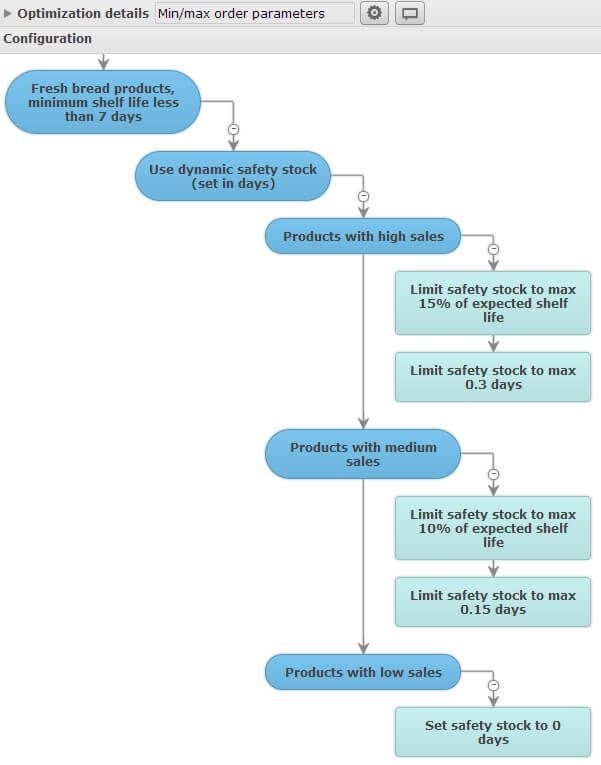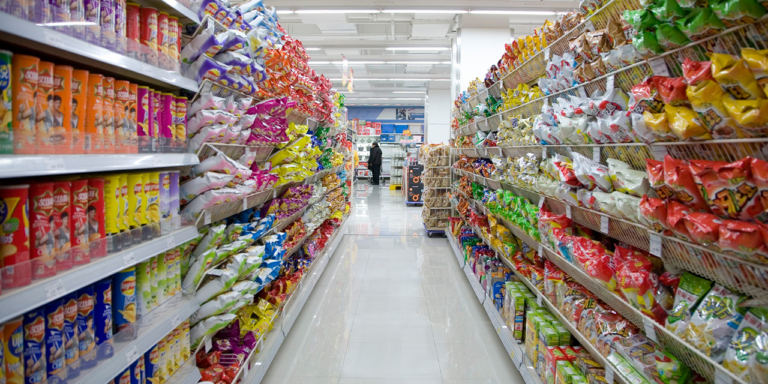With spoilage of fresh goods often accounting for 1.5 – 2% of grocery retailers’ revenue, it’s a major business issue. Our customers have been able to reduce total shrinkage between 20-40 %. Given tight margins spoilage reduction can easily add 25% to typical retail profits on food of roughly 2% of turnover. In all the time we have been working in supply chain optimisation it is the single most effective measure we know of that clients can take to boost their profits. We love optimizing fresh goods replenishment, because it shows like nothing else the impact of good supply chain management and systems.
What’s more, better replenishment of perishables means your displays look better, customers get fresher goods and you sell more. So let’s look at how to make best use of you products’ shelf life information and category level consumer behavior to cut spoilage.
Five Good Habits of Managers Who Master Spoilage
1. Define your goals and priorities – know what you value most
We’ve worked with fresh goods wholesalers and retailers from big to small, high end to price-driven, supermarkets, convenience stores and cash & carries. In fresh produce retail you walk a tight rope between shelf presentation and spoilage costs so you really need to get your balance right.
2. Never overlook product level shelf life when ordering
All major retailers have contract suppliers to deliver a minimum shelf life available. But this information isn’t always given sufficient importance in replenishment, as sell-by dates vary from delivery to delivery. However the variables can often be worked into forecasts.
The simplest step to take is to incorporate shelf life expectation into ordering parameter management. For example it can be used to tie your safety stock calculation to a max ‘x’% of expected shelf life forecast, or building exception reports when safety stocks are likely to creep over a set threshold. Meanwhile setting exceptions for when a case pack’s days of supply exceed ‘y’% of shelf life can help highlight products needing close management.
3. Incorporate forecasted spoilage – simulations can help
Spoilage forecasts can be used in order parameter calculation, but we also use it in replenishment calculation by factoring in future spoilage. In DC environments we usually do this by introducing batch level inventory balances with last-sales-day information. This helps maintain good service levels by replenishing before stock spoils, and also highlights goods that needs selling quickly.
In retail environments we have forecasted spoilage by simulating the balance consumption by using a first-in-first-out assumption. This really helps keep availability optimal even for low-volume products, but can also increase spoilage. You have to be clear about your priorities when using this approach.

4. Not all products are equal – treat them as individuals
In many perishable categories, products often substitute so readily for one another that the consumer can switch without a second thought. Fresh bread is a good example. With one client we began optimizing bread replenishment by identifying ‘must-haves’ in each sub category via store-level ABC-classification. We ran replenishment on the basis that ‘nice-to-haves’ could run out towards the end of the evening, but there was always stock in all basic categories (e.g. sliced white, wholemeal, seeded etc). The optimization had the expected impact on spoilage – but we were quite surprised by how much category sales and sales margins increased (over 10 percentage point on average). Fresher products, due to better inventory turnover, simply appealed more to consumers.
5. Dive into your day-level data
In retail the devil is in the detail. Big results come from small improvements in countless SKU-Store -combinations. To get the big figures right you have to control your low level data. A good example is a client who, following-up an exception alert, found levels of spoilage in its fresh meat category were becoming intolerable. By analysing store-level figures it found out that the problem only affected smaller, out-of-town stores. Drilling down to SKU-Store-level data showed that the rise in spoilage was due a small number of more expensive products, such as Beef Wellington. Further analysis of daily sales, forecasts and deliveries showed that while deliveries were typically on Mondays, sales were mainly just before the weekend. Monday to Thursday sales were low given the batch size and so Monday’s batch was often thrown away. The customer simply reduced the selection of expensive products available Monday to Thursday and got on top of the problem. Of course it helped that they had a solution in place that gave them instant results and thus complete transparency.
Good data is essential for running any complex retail or wholesale supply chain efficiently, but it’s not enough of itself. All the data in the world is of no help if you can’t access it and make sense of it easily. To do that you need a system with the power to handle big data, to interrogate it however you choose and to deliver results in real time. After all, if you’re managing fresh goods, two hours’ wait for an answer to an important question is two hours too long.
Read more about the art of using day-level data in the whitepaper “Fresh Replenishment: Master Weekday Variations”.
—
If you want to read more about fresh forecasting & replenishment, we have combined a best practice guide, Best Practices for Managing Grocery Retail Supply Chains, highlighting key approaches for increasing both responsiveness and efficiency in grocery supply chains, including chapters around AI in demand forecasting, store replenishment, integrated supply chain, DC inventory management and capacity planning.




